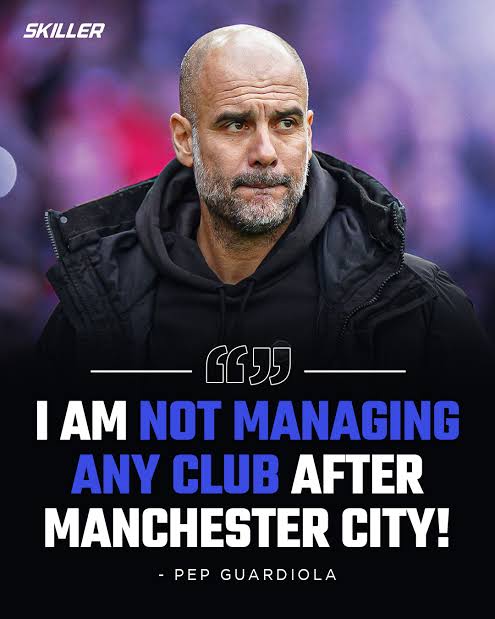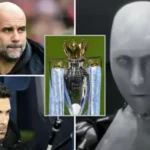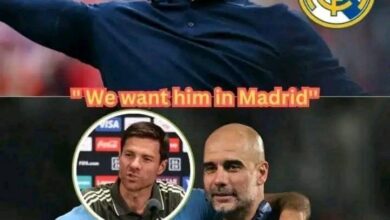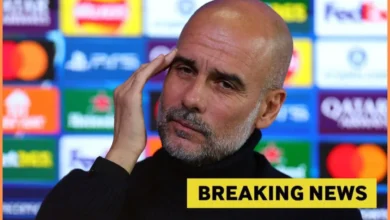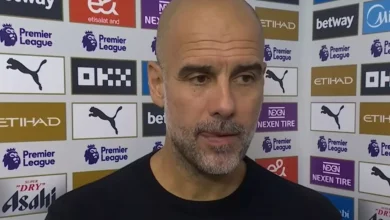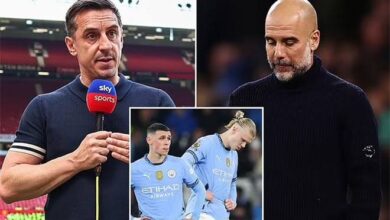Sunderland think Man City gem Pep Guardiola has never used before can play Premier League football, want to sign him
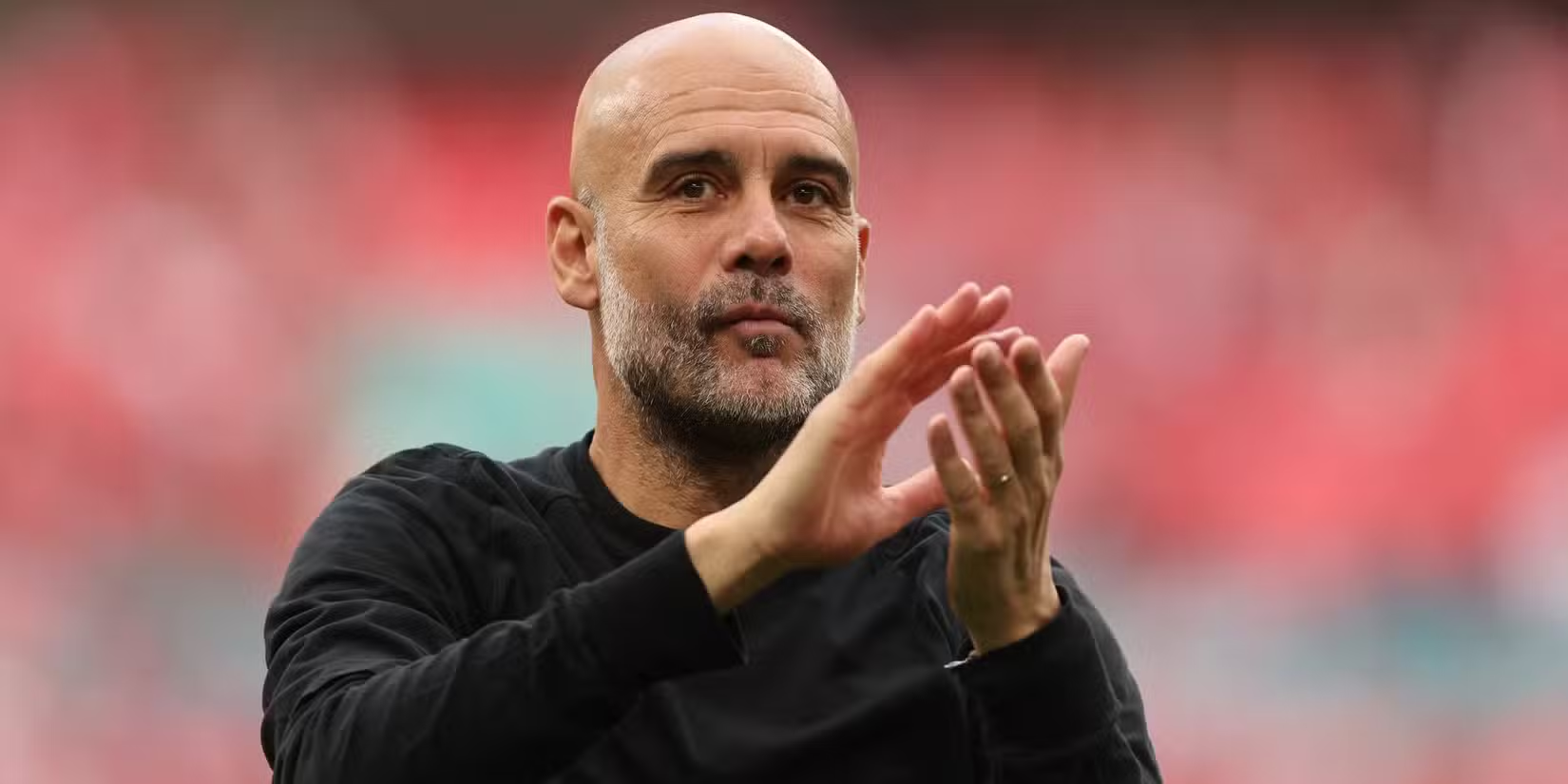
The 2024-25 Championship season concluded with dramatic fashion as Sunderland secured their return to the Premier League after a seven-year absence, defeating Sheffield United 2-1 in a thrilling playoff final. This victory not only marks the Black Cats’ triumphant return to England’s top flight but also sets the stage for an intriguing reunion with Manchester City, whom they haven’t faced since their relegation in 2017.
However, Sunderland’s ambitions extend beyond merely competing in the Premier League once again. The club is already making strategic moves in the transfer market, with their sights set on a particularly intriguing target: Charlie Gray, a 19-year-old defensive midfielder who has been making waves in Manchester City’s academy system despite never featuring in Pep Guardiola’s first-team plans.
The Strategic Pursuit of Charlie Gray
According to reports from The Sun, Sunderland have identified Gray as an ideal signing for their Premier League campaign, viewing him as a potential replacement for Jobe Bellingham, who appears destined for a move to Borussia Dortmund. This pursuit represents more than just a simple transfer target; it reflects Sunderland’s sophisticated approach to squad building as they prepare for life back in the Premier League.
The interest in Gray is particularly noteworthy given his relative obscurity in Manchester City’s first-team setup. While Guardiola has built a reputation for integrating academy graduates into his senior squad, Gray has yet to make that breakthrough. However, this apparent oversight by one of football’s most astute managers hasn’t deterred Sunderland, who clearly see something special in the teenager that warrants Premier League-level investment.
The Complex Nature of the Deal
Negotiating Gray’s transfer won’t be straightforward for Sunderland. Despite the player having only 12 months remaining on his current contract with Manchester City, the Citizens are reluctant to lose a prospect they’ve invested considerable time and resources in developing. This reluctance is understandable given City’s track record of developing talented youngsters who later command significant transfer fees.
The recent example of Liam Delap’s move serves as a perfect illustration of Manchester City’s shrewd approach to academy player sales. When Delap moved from Ipswich Town to Chelsea for £30 million, City earned £6 million thanks to a sell-on clause they had negotiated when the striker initially left the Etihad Stadium. This precedent suggests that any deal for Gray would likely include similar protective clauses for Manchester City.
The contractual situation does provide Sunderland with some leverage in negotiations. With Gray entering the final year of his deal, Manchester City face the prospect of losing him for nothing if they cannot agree on a contract extension. This scenario creates an opportunity for Sunderland to secure a talented player at a potentially reduced fee, though City would undoubtedly demand significant sell-on provisions to protect their interests.
Charlie Gray: The Player Profile
Understanding why Sunderland are so keen on Gray requires examining his playing style and development trajectory. The Manchester-born midfielder has drawn comparisons to some illustrious names, with observers noting similarities to both Fernandinho and Bernardo Silva. This comparison suggests a player who combines the defensive robustness and tactical intelligence of Fernandinho with the technical skill and creativity of Silva – a potentially devastating combination in modern football.
Gray’s official profile on Manchester City’s website describes him as “a calming presence in the centre of midfield with an excellent range of passing.” This description immediately brings to mind another City stalwart: Rodri. The Spanish international has become integral to City’s success in recent seasons, providing the defensive shield and distribution hub that allows the team’s more creative players to flourish.
The fact that Gray has drawn comparisons to three different City players – Fernandinho, Silva, and implicitly Rodri – speaks to his versatility and the multifaceted nature of his game. In modern football, where tactical flexibility is paramount, having a midfielder who can fulfill multiple roles within the same system is invaluable.
Academy Excellence and Recognition
Gray’s talent hasn’t gone unnoticed within Manchester City’s development system. His performances in the Elite Development System (EDS) have been consistently impressive, culminating in him being named EDS Players’ Player of the Season. This award, voted for by his peers, is particularly significant as it represents recognition from those who train and compete alongside him daily.
The EDS serves as the final stepping stone before first-team football for Manchester City’s academy graduates. Players at this level are typically 18-21 years old and are being prepared for the intensity and tactical complexity of senior football. For Gray to stand out among this talented cohort and earn the respect of his teammates speaks volumes about his ability and character.
His performances have not only caught the attention of his peers but have also alerted Premier League clubs like Sunderland to his potential. The fact that a top-flight club believes he can make an immediate impact at the highest level of English football demonstrates the regard in which he is held outside of Manchester City’s ecosystem.
Sunderland’s Strategic Vision
Sunderland’s interest in Gray reflects a broader strategic approach to their Premier League return. Rather than simply seeking established players with proven track records at the highest level, they are identifying young talent with the potential to grow alongside the club. This approach has several advantages, both sporting and financial.
From a sporting perspective, young players like Gray often bring energy, hunger, and adaptability that can be crucial during a relegation battle, which Sunderland will likely face in their first season back. These players are typically more receptive to tactical instruction and can develop strong bonds with their teammates and the club’s supporters.
Financially, investing in young talent makes sense for a club like Sunderland. Established Premier League players command premium wages and transfer fees, while promising youngsters can often be acquired for more reasonable sums. If these players develop as expected, they can become valuable assets that either contribute to on-field success or generate significant transfer revenue.
The timing of Sunderland’s interest also aligns with their need to replace Jobe Bellingham. The departure of promising young players is an inevitable part of football, but replacing them with similarly talented individuals helps maintain continuity in playing style and team dynamics.
The Jobe Bellingham Connection
The potential departure of Jobe Bellingham to Borussia Dortmund creates both a challenge and an opportunity for Sunderland. Bellingham, the younger brother of England international Jude Bellingham, has been a key figure in Sunderland’s midfield and played a crucial role in their promotion campaign. His likely departure leaves a significant void that needs to be filled by someone with similar attributes and potential.
Gray’s profile suggests he could be an ideal replacement. Both players operate in central midfield, both possess excellent technical skills, and both have the physical attributes necessary to compete in the Premier League. The seamless transition from one promising youngster to another would represent excellent recruitment by Sunderland’s management team.
The Bellingham situation also highlights the realities of football at Sunderland’s level. Talented young players will inevitably attract attention from bigger clubs, and the Black Cats must be prepared for this cycle of development and departure. By identifying and securing players like Gray before they become widely known commodities, Sunderland can stay ahead of this curve.
Manchester City’s Academy Philosophy
To understand Gray’s development and potential, it’s essential to consider Manchester City’s academy philosophy under Pep Guardiola and the wider City Football Group structure. The club has invested heavily in youth development, creating state-of-the-art training facilities and implementing a playing philosophy that mirrors the first team’s approach.
This comprehensive approach to youth development means that players like Gray are not just technically gifted but also tactically sophisticated. They understand positional play, pressing triggers, and the intricate passing patterns that define modern football. These attributes make them attractive to clubs seeking players who can adapt quickly to senior football.
However, the depth of talent at Manchester City also means that competition for first-team opportunities is intense. Even exceptionally talented players like Gray can find their pathway blocked by established internationals and other promising youngsters. This situation creates opportunities for clubs like Sunderland to acquire players who might otherwise be out of their reach.
The Premier League Challenge
For Gray, a potential move to Sunderland would represent a significant step up in his career. The Premier League is widely regarded as the most competitive domestic league in world football, with even newly promoted sides fielding teams worth hundreds of millions of pounds. The physical intensity, tactical complexity, and media scrutiny all present challenges that are vastly different from academy football.
However, Gray’s development at Manchester City suggests he is well-prepared for these challenges. The club’s academy teams play at a high tempo and employ sophisticated tactical systems that mirror Premier League football. Players who excel in this environment often possess the mental and physical attributes necessary to succeed at the highest level.
Sunderland’s belief that Gray can make an immediate impact in the Premier League is significant. Newly promoted clubs cannot afford to carry passengers or invest in players who need extensive development time. Their assessment suggests they view Gray as someone who can contribute from day one, which speaks to both his current ability and his football maturity.
The Financial Dynamics
The financial aspects of any potential deal for Gray will be crucial for all parties involved. Manchester City, despite being reluctant to lose the player, must consider the economic realities of his contract situation. With only one year remaining on his deal, they face the prospect of losing a valuable asset for nothing if negotiations stall.
For Sunderland, the economics are equally important. As a newly promoted side, they must balance the need to strengthen their squad with financial sustainability. Young players like Gray often represent excellent value, offering potential returns both on and off the pitch.
The precedent set by other Manchester City academy graduates also influences these negotiations. The success of players like Jadon Sancho, who left City’s academy for Borussia Dortmund before establishing himself as an elite player, demonstrates the potential career trajectory for talented youngsters who seek opportunities elsewhere.
The Loan Alternative
One potential solution that could satisfy all parties would be a loan arrangement. Manchester City could retain Gray’s registration while allowing him to gain valuable Premier League experience at Sunderland. This approach would protect City’s long-term interests while giving Gray the playing time he needs to develop.
Loan deals have become increasingly common in modern football, particularly for young players seeking first-team opportunities. The arrangement allows parent clubs to maintain control over their assets while providing valuable experience that can enhance the player’s development and market value.
For Sunderland, a loan deal might be less ideal as they wouldn’t own the player’s registration, but it could still provide them with a talented midfielder for their Premier League campaign. The success of such an arrangement would depend on the specific terms negotiated between the clubs.
Conclusion: A Transfer Saga to Watch
The potential transfer of Charlie Gray from Manchester City to Sunderland represents one of the more intriguing stories of the summer transfer window. It embodies several key themes in modern football: the challenge of breaking through at elite clubs, the opportunities available at newly promoted sides, and the strategic importance of identifying talent before it becomes widely recognized.
For Gray, the decision will likely come down to his assessment of where he can best continue his development. Staying at Manchester City offers world-class facilities and coaching but limited first-team opportunities. Moving to Sunderland provides immediate playing time in the Premier League but potentially less long-term security.
For Sunderland, securing Gray would represent a significant coup and demonstrate their ambition as they return to the Premier League. The move would signal their intent to compete rather than merely survive, while also providing them with a player who could become a long-term asset.
For Manchester City, the situation highlights both the strengths and challenges of their academy system. While they continue to produce talented players, finding pathways to the first team remains difficult given the quality of their senior squad.
As the summer transfer window progresses, this story will undoubtedly develop further. Whether Gray ultimately moves to Sunderland, signs a new contract with City, or attracts interest from other clubs, his situation exemplifies the complex dynamics of modern football transfers and the ongoing challenge of nurturing young talent in an increasingly competitive environment.
The resolution of this transfer saga will be watched closely by football observers, not just for its immediate impact on the clubs involved, but for what it reveals about the broader patterns of player development and recruitment in contemporary football.
